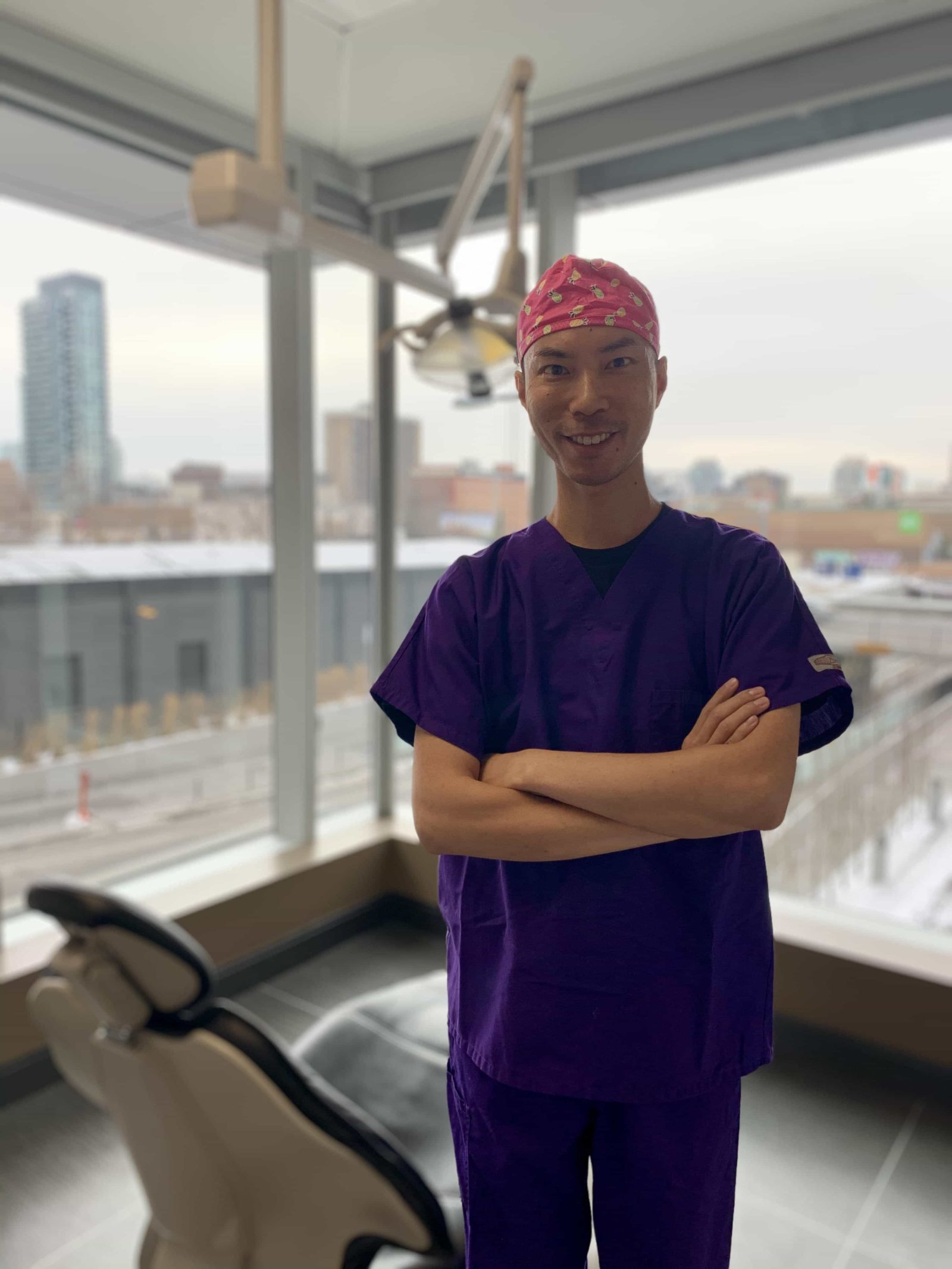When your teeth are out of alignment, orthodontic care is how your dentist will help get them back in place. Receiving an orthodontic adjustment involves a significant amount of preparation by your dentist. You’ll need imaging, dental impressions, a visual inspection, and an assessment to determine the proper approach. Part of this involved process requires ensuring that only those teeth that need to move are moved. The others need to be secured in place while these adjustments take place. A special process known as the orthodontic anchorage is used to achieve these two goals. The process was first introduced over a century ago. It has been expanded on to create a host of techniques for each orthodontic need.
The Role Of Orthodontic Anchorage
An innovative dental professional named Henry Albert Baker developed the first type of orthodontic anchorage. This contribution was so revolutionary that it remains marked with his name, Baker’s Anchorage. As incredible as this new technique was, it couldn’t handle every case. However, the underlying principle would allow future practitioners to build on this original anchorage. New types were developed, and now there’s a library of orthodontic anchorage techniques available to the modern orthodontist. These anchorages come in such an abundance of forms that dentists developed a classification system to organize them.
- Site-Based Classification
- Intraoral – These are mounted in the oral cavity.
- Extraoral – Additional equipment, such as facemasks and headgear, is used to properly secure the required teeth. The most common forms are cervical (Involving the neck) and occipital (involving the back of the head) mounts. Some adjustments will require a combination.
- Muscular – These anchorages are set in muscle tissue.
- Number of Treated Teeth
- Simple/Primary – One tooth
- Compound – Multiple teeth
- Reinforced – Multiple points of reinforcement, often involving occipital and cervical mounts.
- Reciprocal – Drawing two teeth together an equal amount.
- Stationary – Adjust the angle of the tooth while leaving it in place.
- Space-Based Classification
- Group A – Rear adjustment of teeth, some forward
- Group B – Forward and rear adjustment of teeth
- Group C – Focus on moving front teeth, some rear
- Absolute Anchorage – Solely moving forward teeth to the rear
Using this classification system, your dentist will be able to clearly and concisely describe the anchorages in your treatment. This system allows clarity in the documentation and a reduction of potential errors in your treatment. This system aims to define all aspects of the procedure, from the teeth being moved to the appliances used to achieve the end goal. Special classifications exist for anchorages secured in bone and those secured by dental implants.
Talk With Your Dentist About Orthodontic Anchorage
This guide aims to inform patients about their care and help them become familiar with the processes and tools used as part of their care. This familiarity will help them become more engaged in their dental care and decision-making regarding their care. Understanding the complexity of the procedure will also help them make informed decisions about supposed cost-saving options such as mail-order orthodontics and DIY braces. These options have significant drawbacks that can seriously impact the patient’s health and the appearance of their teeth.


